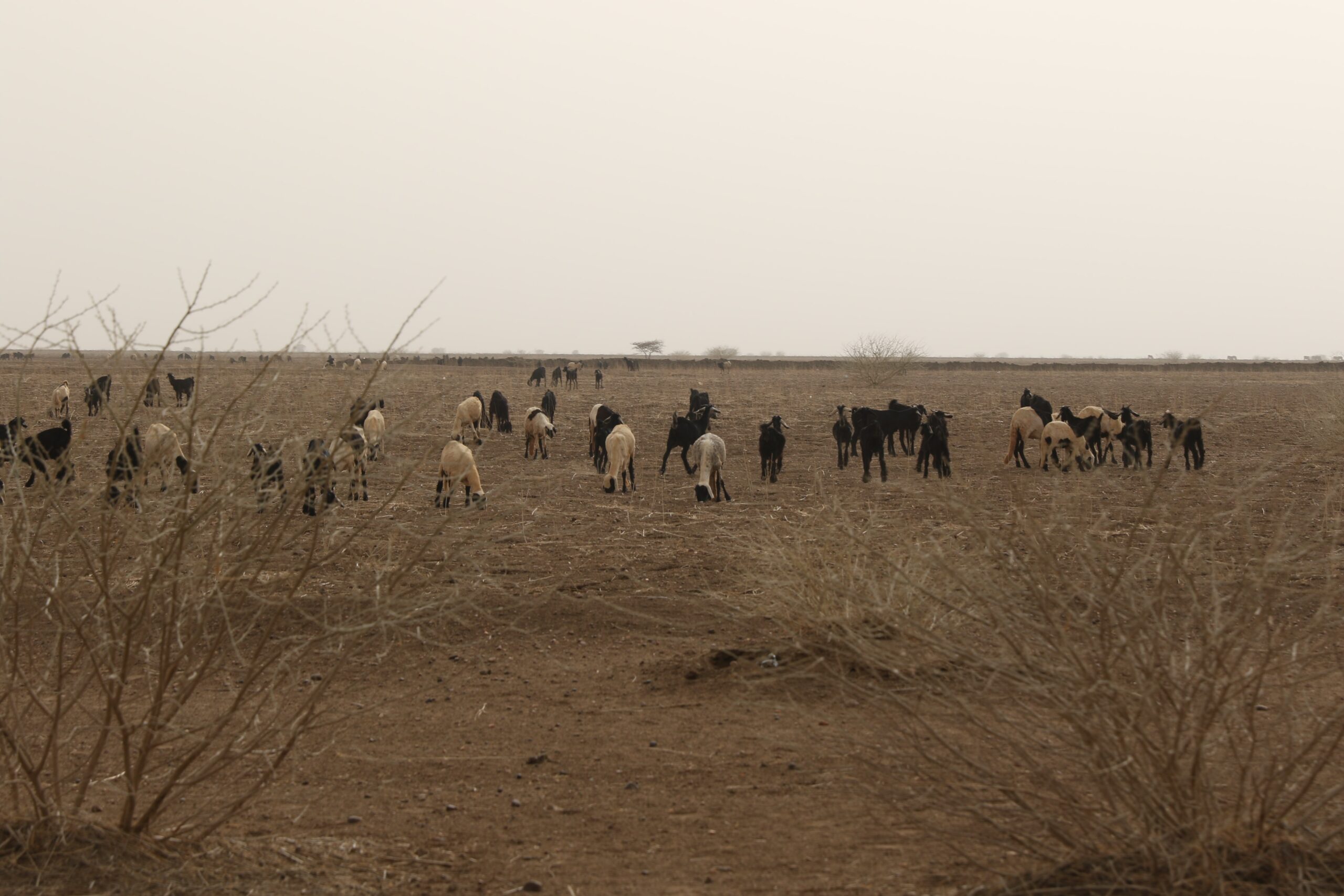Climate disasters aren’t going away. In recent years the world has experienced an increase in both the number and severity of disasters caused by rising global temperatures.
One example comes from Christian Aid. Analysis by the charity found that in 2022 alone the top 10 climate disasters cost an estimated US$168 billion. These disasters, from flooding in Pakistan to drought in China and Europe, displaced over seven million people.
But the current frequency of climate disasters could serve as a mere prelude for what is to come as temperatures continue to tick upwards. The UN’s Office for Disaster Risk Reduction estimates that by 2030 the number could increase to 560 a year, or 1.5 disasters a day.
As the costs mount so do calls for compensation from vulnerable nations which have contributed little to the crisis. The issue of loss and damage has gained prominence in recent years, but so far it remains a work in progress.
Preparing for risk
A crucial way to stem the rising economic and human cost is to improve resilience and to better prepare for the future. And one key component behind any effective disaster risk strategy is to have an early warning system in place.
“Vulnerable communities in climate hotspots are being blindsided by cascading climate disasters without any means of prior alert,” the UN Secretary-General, António Guterres, said at the COP27 climate summit last year. He was speaking at the launch of ‘Early Warnings for All’, an initiative which seeks to protect the global population with early warning systems by 2027.
By some estimates an effective warning system could avoid billions of dollars in losses and even 24 hours’ notice could cut the damage caused by 30%. The question is how to develop the technology as part of a wider strategy to tackle disaster risk.
The Adaptation Fund is one organisation working on the issue, and it was set up to support developing countries against the ravages of climate change. The fund is heavily involved in financing disaster risk reduction projects, in particular across the African continent, which is deeply exposed to the climate crisis.
Mikko Ollikainen, who heads up the fund, said it has “a lengthy history of supporting adaptation projects that help minimize and avert further loss and damage” adding that 20% of the overall portfolio across the globe is now dedicated to disaster risk reduction.
“Often projects are helping establish early warning systems and hydrometeorological monitoring for the first time in certain vulnerable areas, which create models that can later be scaled up to other areas and nationwide,” he commented.
Adaptation in Africa
One of its funded projects is being run by the World Meteorological Organization in the Volta Basin in West Africa, and involves six countries: Benin, Burkina Faso, Côte d’Ivoire, Ghana, Mali and Togo. The basin covers an area of 400,000km2 and in recent decades flooding and drought have become commonplace, affecting up to two million people in the region.
The project seeks to identify risk maps where flooding is likely to take place, sophisticated modelling on future flood and drought scenarios, and real-time data shared across borders and national institutions.
A main consideration is that disasters do not respect borders and building an effective response will mean strengthening networks across neighbouring countries which all have an equal stake in being fully prepared.
Another partner of the Fund in the region is the Sahara and Sahel Observatory (OSS), an intergovernmental organisation, based in Tunisia. One of its ongoing projects is supporting farmers from persistent drought affecting parts of Djibouti, Kenya, Sudan, and Uganda.
Lack of rainfall in the region is putting hundreds of thousands of livelihoods at risk. OSS approaches its work from the bottom up rather than top down. The organisation understands the central role for communities in building a lasting response to current and future disasters.
Culture-centered work
Projects are implemented with an understanding of the huge variety of cultures in the region, and with an estimated 340 different languages spoken, finding the right people to go in and speak to farmers is essential. An example includes learning how smallholders are being forced into different regions to maintain a living.
“It is learning from people who will tell you why the birds are not flying to the east but to the south instead”, comments Steve Muhanji, a project coordinator at OSS. “This is local knowledge that can be used with technology.”
The technology includes upgrading existing weather stations and using remote sensors to better understand how the environment is changing each year.
On top of this, OSS is working to ensure gender balance across its projects so that in the course of developing a new early warning system in the region, women are fully involved and an action plan is created to guarantee female participation.
“We work hard to support the community to organise and appoint a focal point, or leader, on the project. This person will speak the local language, advocate for others, and champion the project’s benefits,” adds Muhanji.
If the world hopes to reduce the impact of climate disasters it needs to work harder to understand them. A recent UN conference to review progress on the subject found that while 125 countries now have national strategies on disaster risk reduction, half of the world does not have early warning systems in place.
Lessons from projects on the frontline emphasise the need for high levels of investment in these new technologies, combined with deep levels of community participation, backed up by strong and supportive national institutions.
This post was sponsored by the Adaptation Fund. See our editorial guidelines for what this means.
